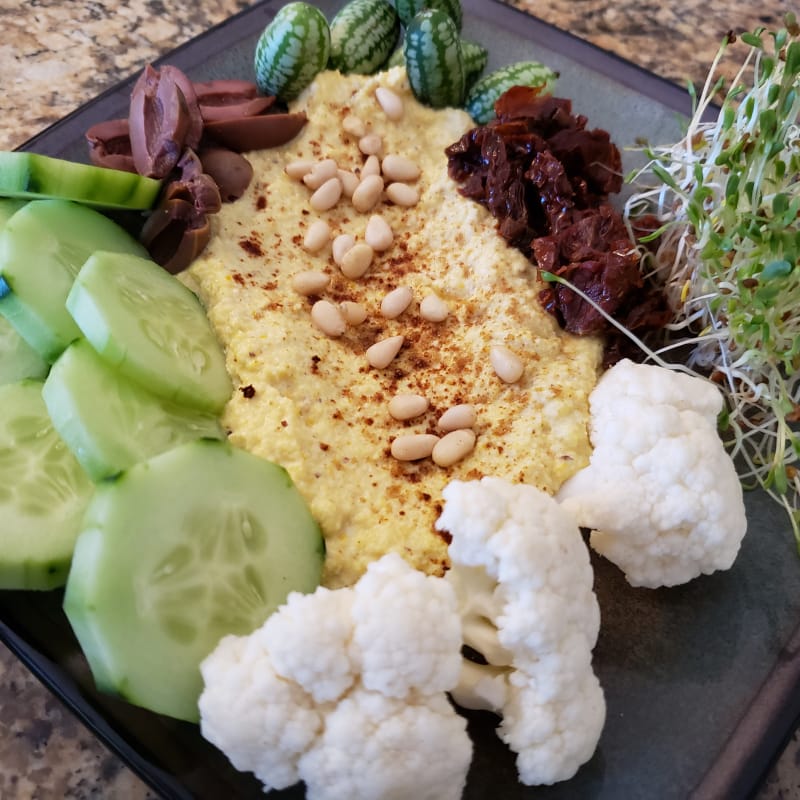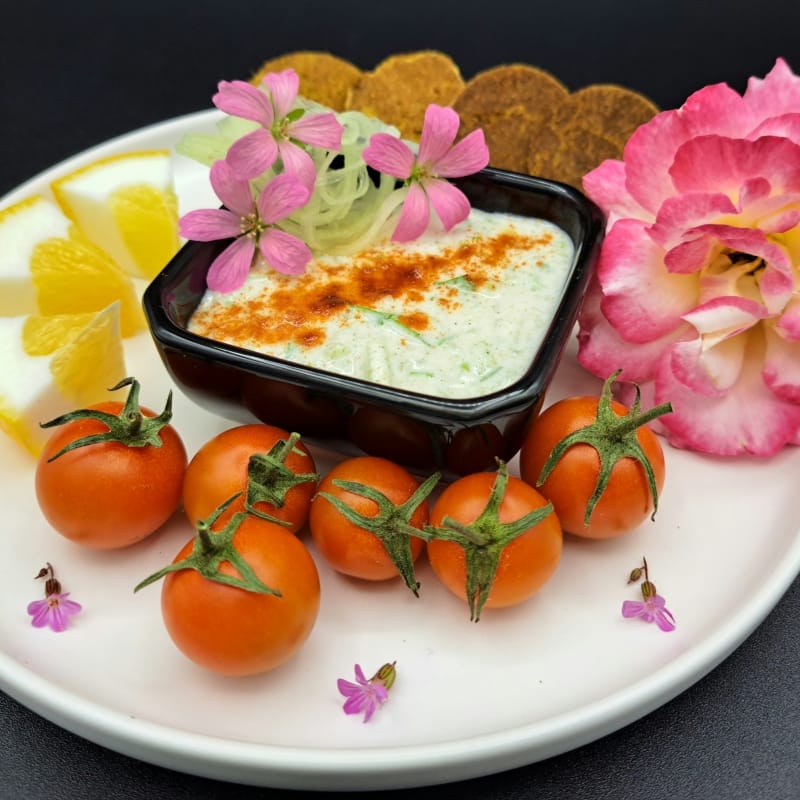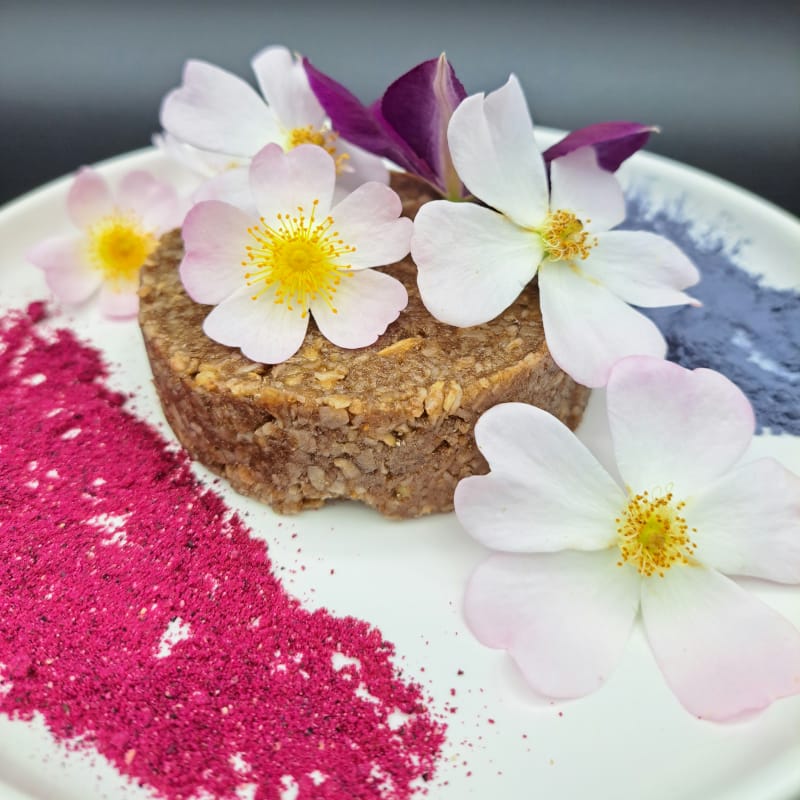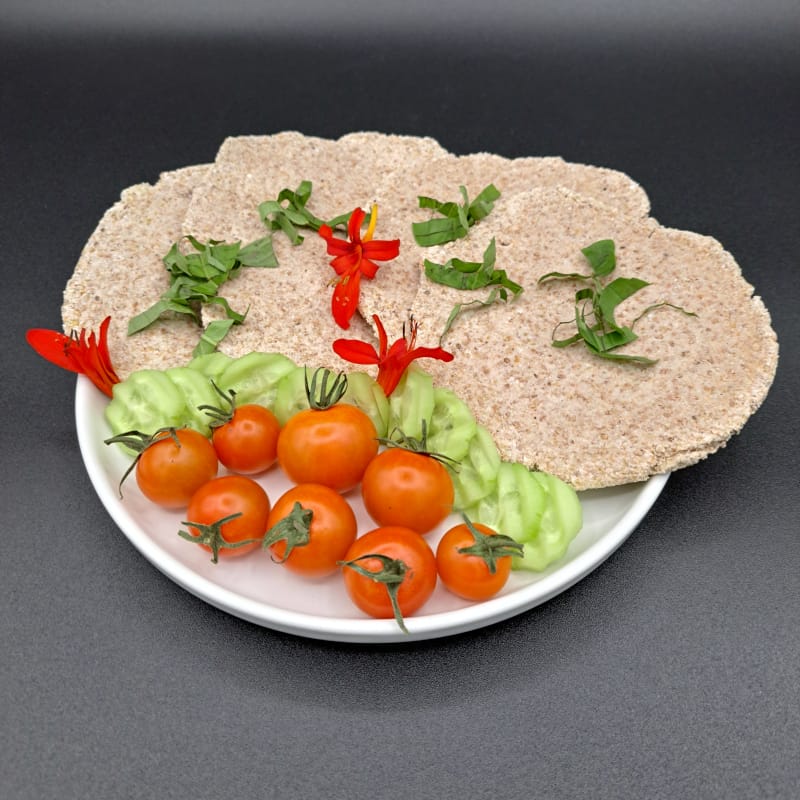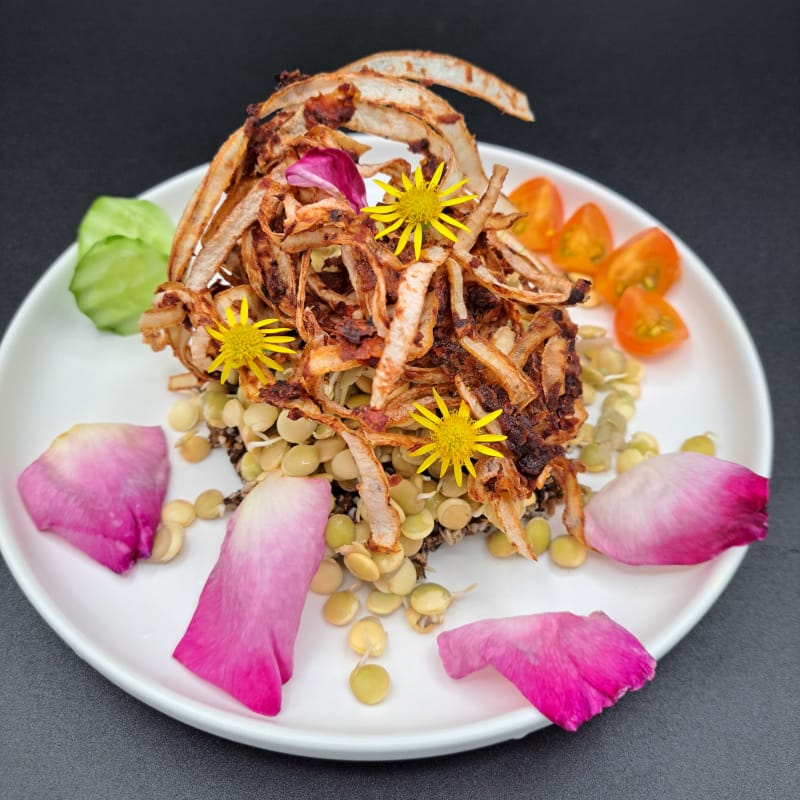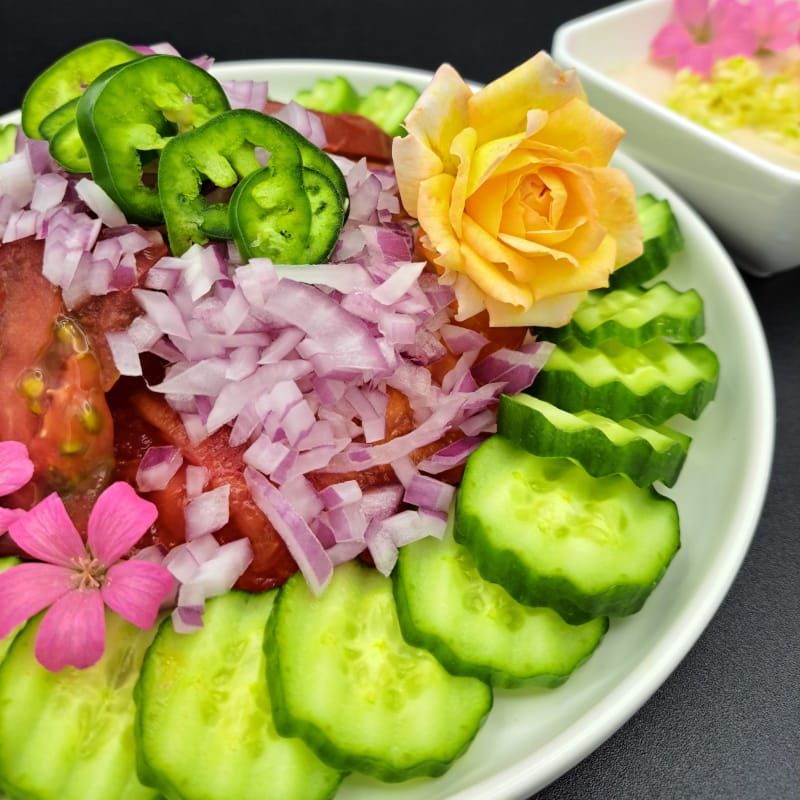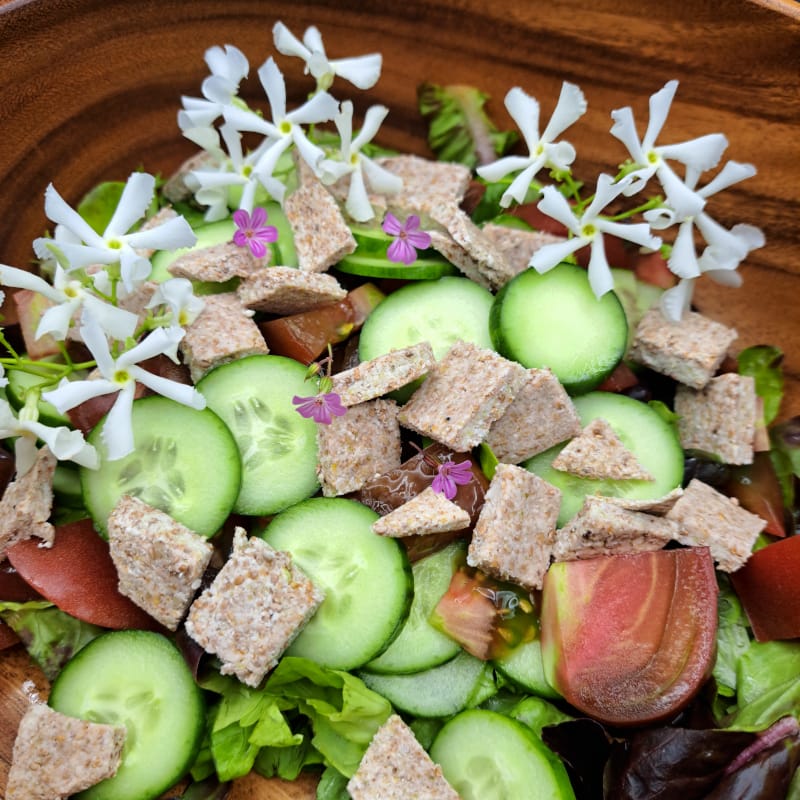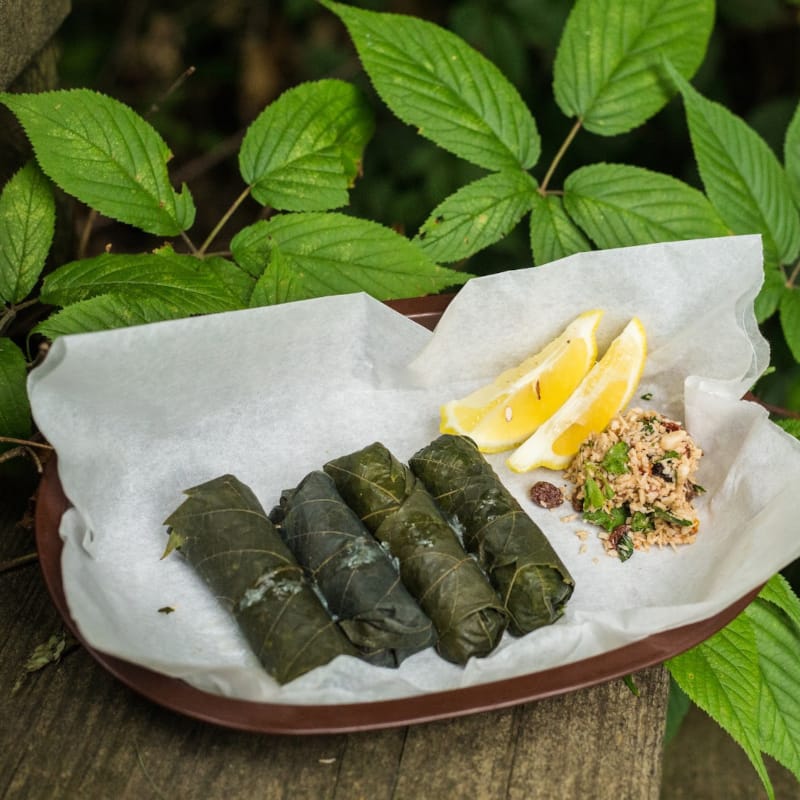Description
Mediterranean cuisine fits a vegan diet very well, since much of the cuisine uses vegetables such as cucumbers, tomatoes, lentils, chickpeas, onions, and fresh herbs like parsley, mint, and dill. It focuses on fresh ingredients with spices that help digestion. Simple substitutions such as coconut or cauliflower instead of rice, and sprouting legumes instead of cooking them.
When selecting ingredients for the meals, it’s important to choose organic when possible, or best available if organic is too expensive. Many of the spices in Mediterranean cuisine serve to elevate the existing flavors rather than replace them, and organic produce will deliver the highest level of nutrition and taste.
When sprouting the chickpeas or lentils for some of the dishes, it’s best to soak them overnight in filtered water using either a bowl or a mason jar, then drain off the water and rinse them thoroughly once or twice a day. Using a colander, strainer, or nut milk bag during the sprouting process will allow airflow around the sprouts, reducing the chance of mold. Sprouts should be allowed to dry out between rinses, and placed in a light filled area free of dust. A small tail will appear from the sprout after 2 days, and it is best to use them between 2-5 days of sprouting for optimal amino acid levels. If legumes do not grow a tail, it may be that they were irradiated or stored improperly and are no longer viable, and the batch should be discarded.
Salt and oil are often used heavily in raw vegan dishes, but the recipes in this book intentionally leave these out in order to allow the more subtle flavors to come through. I suggest trying the dishes first without adding either salt or oil, and using additional cumin, onion, garlic, coriander, parsley, mint, and dill instead. Adding sun dried olives or avocado to the hummus or fattoush salad is also a great way to enhance the dish with additional fat as well.




